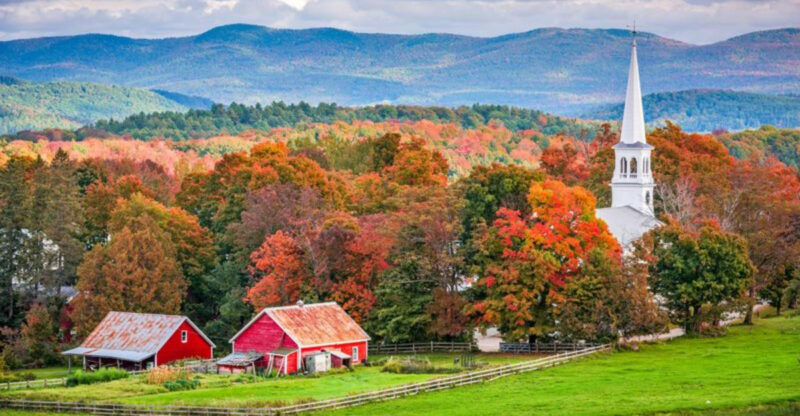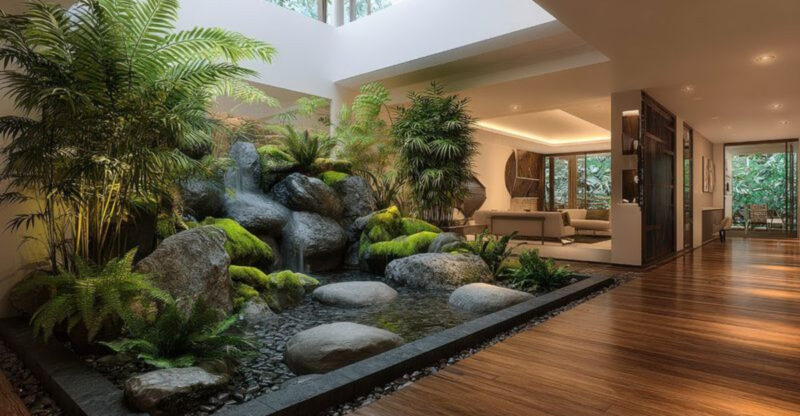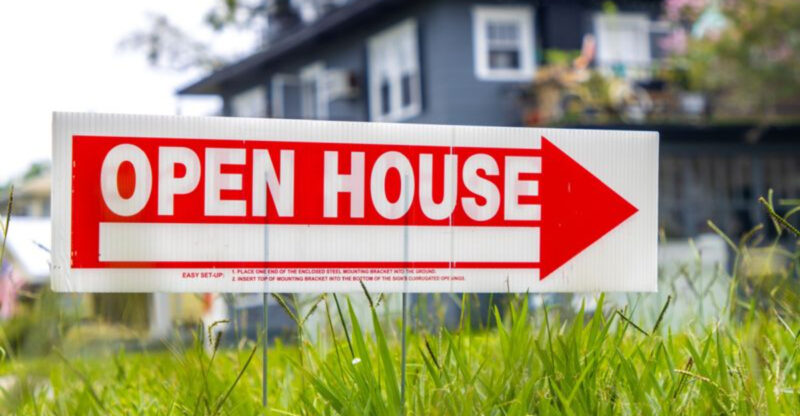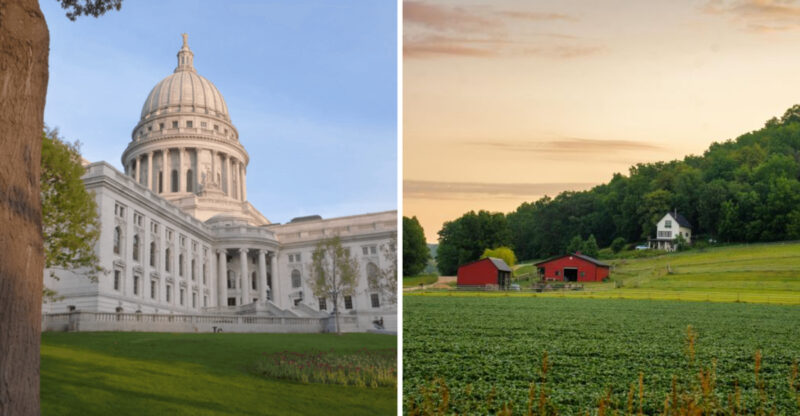Real Estate Trouble? These 8 Home Types Are Dropping In Value In Ohio And Alabama
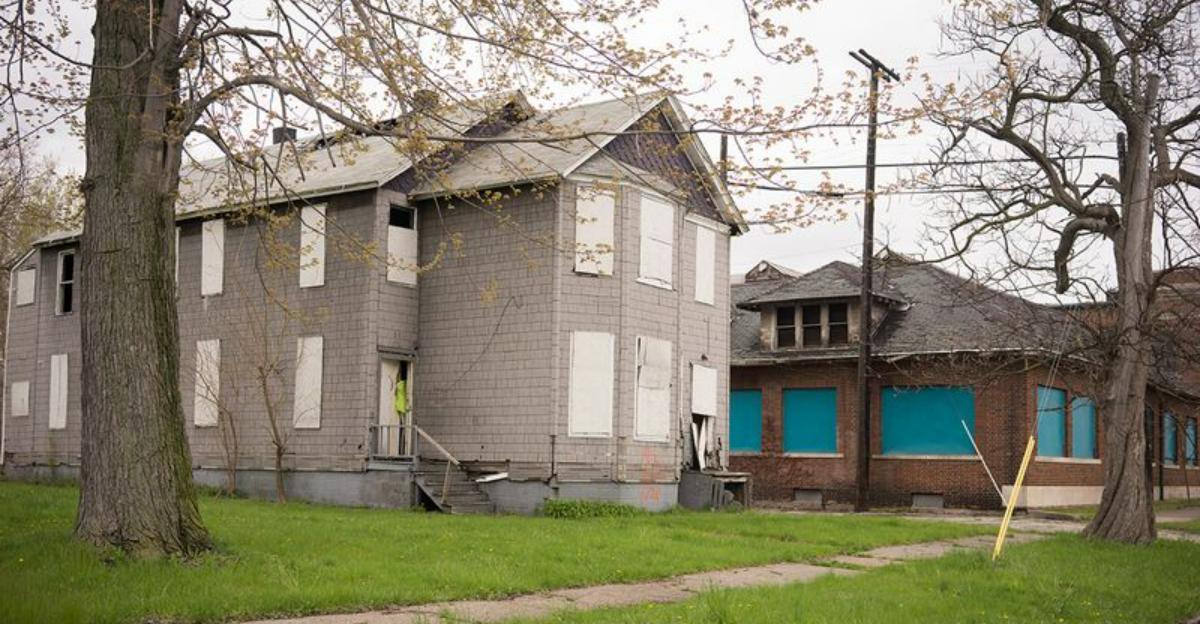
The housing market can be a rollercoaster, and right now, some homeowners in Ohio and Alabama are feeling the drop. Not all properties hold their value equally, and certain types of homes in these states are seeing significant price decreases.
If you own one of these property types or are thinking about buying, you’ll want to know which homes are losing their market appeal and why.
1. Older Manufacturing Town Homes
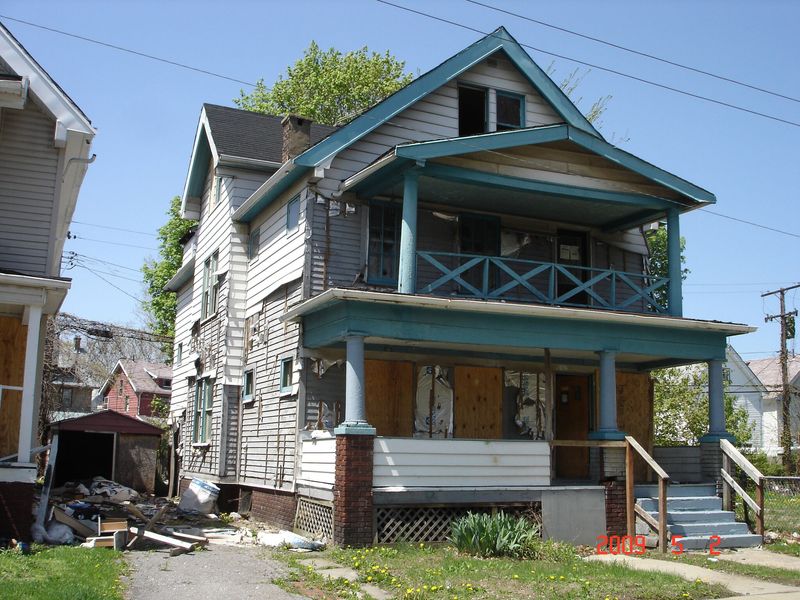
Manufacturing towns across Ohio like Youngstown and parts of Alabama are watching property values tumble. Homes built during industrial booms now sit in economically struggling communities where factories have closed and jobs have vanished.
I’ve seen three-bedroom houses that sold for $80,000 ten years ago now barely fetch $50,000. The exodus of younger residents seeking work elsewhere has created a surplus of available properties with few buyers interested in them.
2. Flood-Prone River Properties
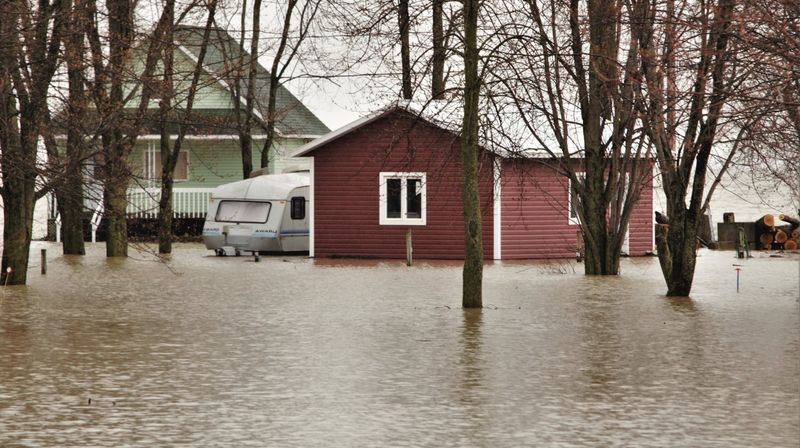
Once coveted for their scenic views, homes along the Ohio River and Alabama’s coastal areas face growing insurance nightmares. Climate change has increased flooding frequency, turning dream waterfront properties into financial sinkholes.
You might love waking up to water views, but lenders are becoming hesitant to finance these risky investments. I’ve talked to homeowners who’ve seen their property values drop by 30% after recent flood events, with insurance premiums simultaneously skyrocketing.
3. Energy-Inefficient Ranch Houses
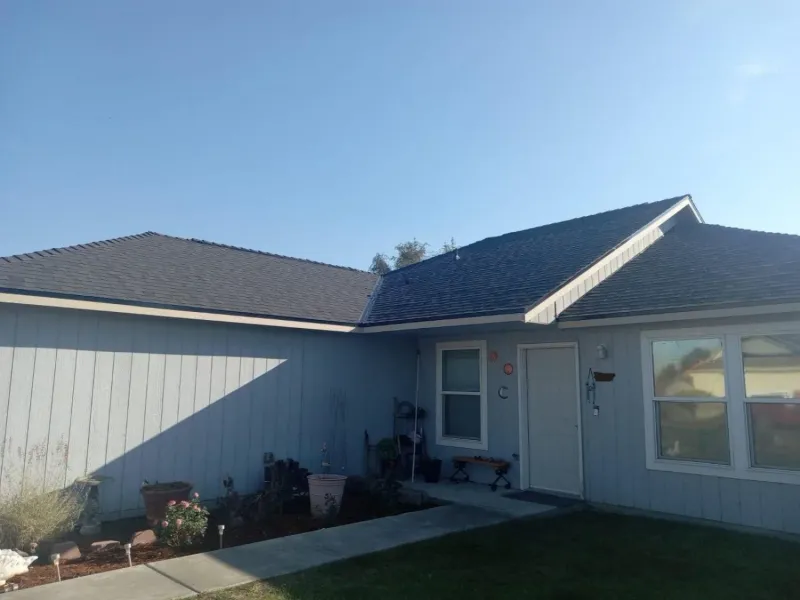
Ranch-style homes built between 1950-1970 with original features are hemorrhaging value in both states. Their single-pane windows, minimal insulation, and outdated HVAC systems create utility bills that horrify today’s energy-conscious buyers.
I recently toured a charming 1960s ranch that sat on the market for months despite price cuts. The selling agent confided that prospective buyers kept walking away after calculating potential heating costs. Modern buyers want efficiency, and these homes simply can’t compete without major upgrades.
4. McMansions Far From Employment Centers
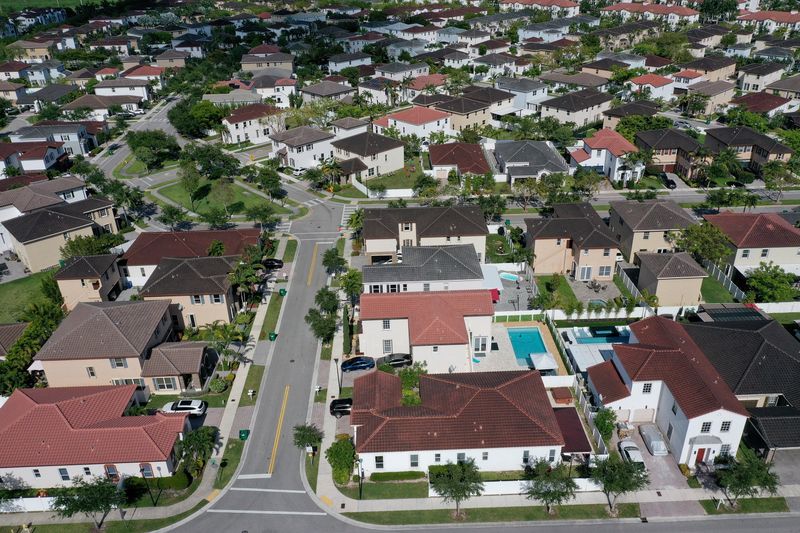
Remember when everyone wanted massive homes in brand-new subdivisions? Those days are fading fast. Oversized homes built in the early 2000s housing boom, particularly those in far-flung suburbs of Columbus, Cincinnati, Birmingham and Montgomery, are losing appeal.
Young professionals are prioritizing shorter commutes and walkable neighborhoods over square footage. I’ve watched sellers of 4,000+ square foot homes slash prices repeatedly as buyers balk at both the purchase price and the ongoing maintenance costs. The pandemic’s remote work trend briefly helped these properties, but that boost is waning.
5. Coal Country Cottages
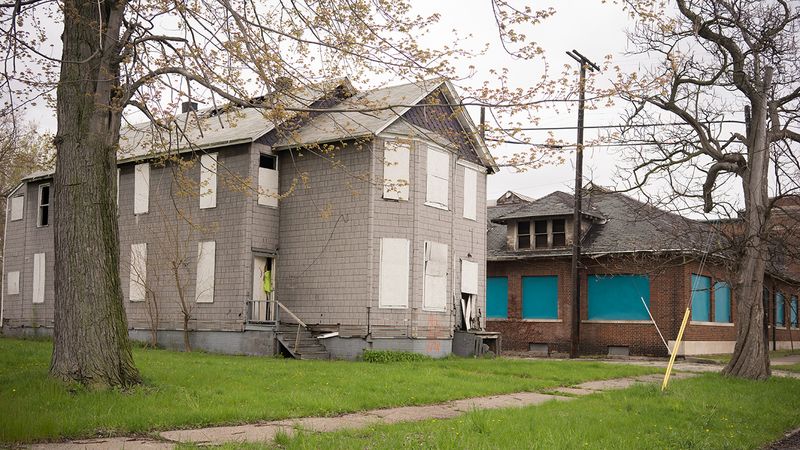
Small homes in former coal mining regions of eastern Ohio and Alabama’s northern counties are facing tough times. As the coal industry continues its decline, these communities struggle with population loss and limited economic opportunities.
Driving through these areas breaks my heart – you’ll see well-built homes selling for a fraction of their replacement cost. Local realtors tell me they’ve had properties on the market for years with no serious offers. Even perfectly maintained homes can’t escape the economic reality of regions where major employers have disappeared.
6. Outdated Condos With High HOA Fees
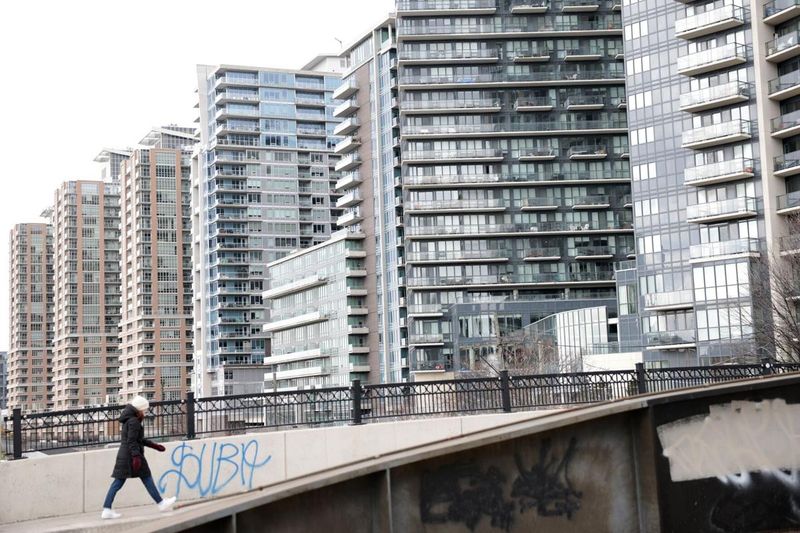
Older condominiums built in the 1980s and 1990s are struggling in markets like Cleveland, Columbus, and Birmingham. These aging units often come with escalating HOA fees to address deferred maintenance while offering fewer amenities than newer developments.
I toured a condo last month where the monthly fees exceeded the mortgage payment! Buyers are running calculations and realizing these properties make little financial sense. The combination of dated interiors, rising association costs, and special assessments for major repairs has created a perfect storm for value decline.
7. Rural Homes Without High-Speed Internet
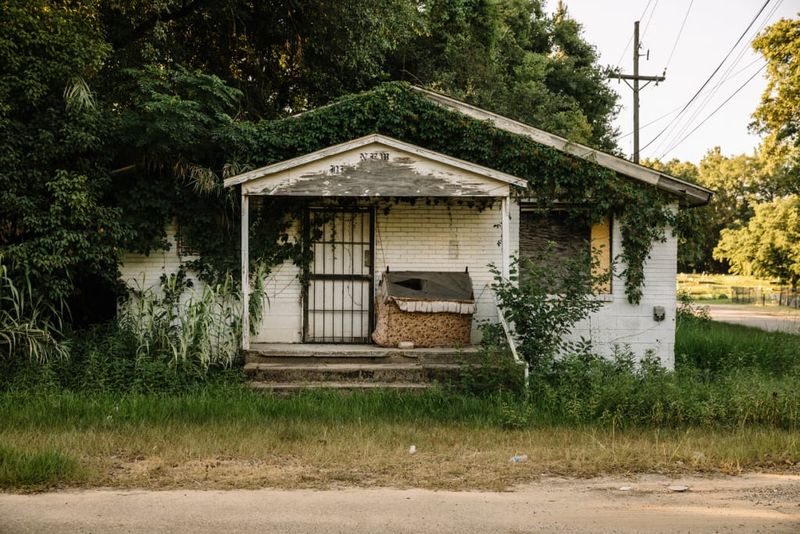
The digital divide is creating a real estate divide too. Rural properties in both states without reliable broadband access are seeing their values plummet as remote work becomes normalized. What good is a beautiful country home if you can’t join a Zoom meeting?
Working with rural sellers has become increasingly challenging. Families who might have loved the peaceful setting now cross these homes off their list immediately upon learning about internet limitations. Even properties with everything else going for them – acreage, views, charm – can sit unsold if they lack this essential modern utility.
8. Homes Near Declining Shopping Centers
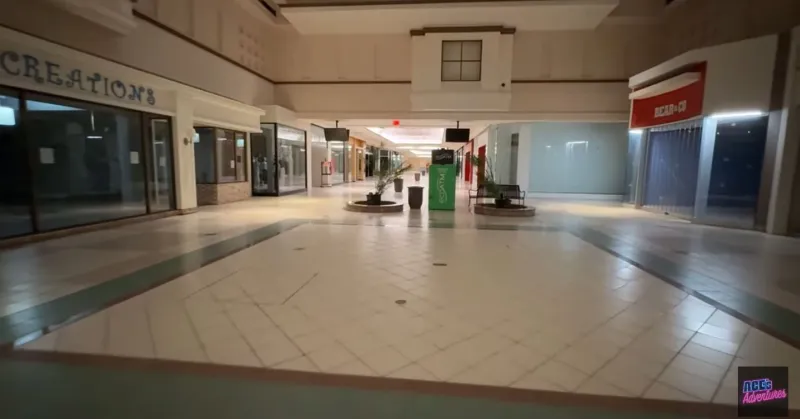
Properties adjacent to struggling malls and shopping centers in both states are watching their values erode. As anchor stores close and retail spaces sit vacant, nearby residential areas lose their convenience factor and gain concerns about declining commercial areas.
Walking through neighborhoods near half-empty shopping centers, you’ll notice more For Sale signs than anywhere else. Homeowners who once boasted about being able to walk to stores now worry about safety and eyesores. I’ve had clients specifically exclude these areas from their home search, regardless of how attractive the house itself might be.


